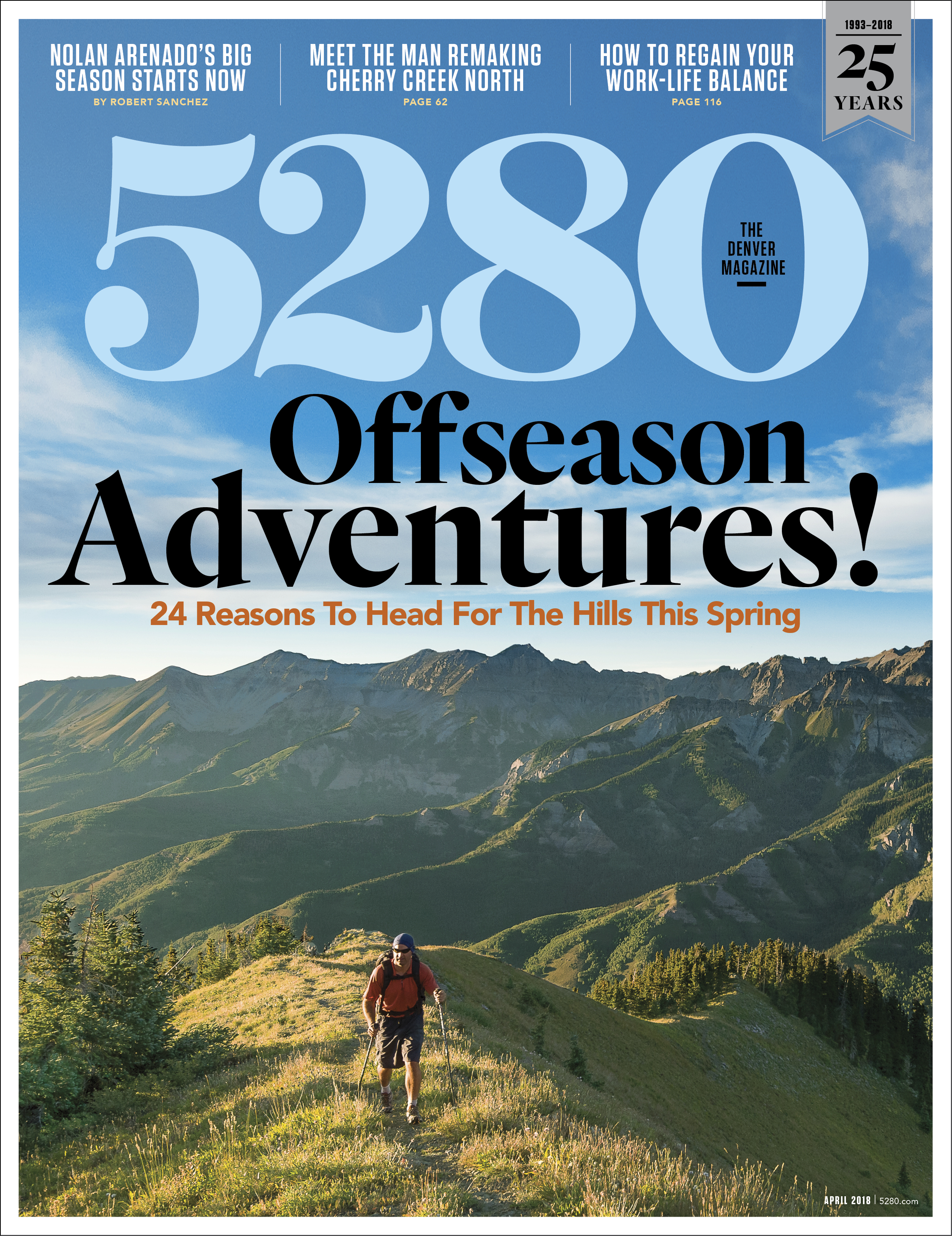The Local newsletter is your free, daily guide to life in Colorado. For locals, by locals.
I love rivers like some people love mountains. They’re restorative, comforting, and (bear with me for a little environmental romanticism) a reminder that every part of our fragile ecosystem is connected. I especially love the two-mile stretch of the South Platte River I follow every day on my bike commute from my 560-square-foot RiNo apartment to my eight-by-five-foot LoDo cubicle. In a lot of ways, this short stretch of riverfront has become my personal urban retreat. Some people have backyards or rooftop gardens; I get a 15-minute window of tree-lined trail and open sky to unwind from my otherwise walled-in life.
Over the course of my daily rides—and occasionally on longer sojourns through Commerce City or Englewood—I’ve gotten to know the South Platte intimately. In spring, I admire (and dodge) the bold geese lining the riverbanks, who’d sooner get clipped by a pedal than give up their prime snacking turf. In fall, I watch steam roll off the still-warm water, signaling the coming of winter.
It’s not all Aldo Leopold and Henry David Thoreau, though—especially not once you stop rolling by at 10 to 15 miles per hour. When I creep to the river’s edge for a more thorough inspection, I’m disappointed. Where I want to cherish the South Platte’s rocks and greenery, I find fast-food wrappers, cigarette packs, hard hats, and forgotten traffic cones. After a rainstorm, when a surge of new water courses through the city, it doesn’t flush away Denver’s refuse—it dredges up more, forming enormous flotillas of soft drink cans, beer bottles, and plastic bags that make me feel as if I’m riding past a sewer line instead of the mighty waterway early Denverites built this city around. Along the riverside path, whenever I stop to tie a shoe or check a tire, I spot everything from discarded boots to toothpaste tubes to used hypodermic needles tucked into the sidewalk’s cracks. And twice I’ve rolled past cops and paramedics pulling dead bodies from the water. Twice.
I know some of those items (bodies excluded) are bound to surface in a river cutting through the country’s 19th-largest city. But “some” is very different than the 5,000-plus pounds of garbage that Colorado Whitewater—a Denver nonprofit dedicated to promoting kayaking in the Rockies—pulled out of the South Platte and its banks last year during its annual Earth Day cleanup (April 22). That was enough to earn the river a “C” on Conservation Colorado’s first-ever report card assessing the well-being of Colorado’s rivers. (The Dolores did the worst, with a D-.) The South Platte, the card said, is “in mediocre condition and on the precipice of either recovery or failure.”
I take issue with that. Not because I think the rating is wrong, but because, as a guy who owns no piece of Denver—not the apartment I live in, not the building I work in—I’ve come to think of the South Platte River as my own kind of backyard. And if it’s going to continue to be my nature sanctuary, or anyone else’s in this vast, connected ecosystem, it needs my help. That’s something I can take ownership of. So this month, during my brief, pedal-powered respites along the river, I’ll take the time to slow down, clear the path of as many bottles and bags as I can, and help urge the South Platte over that precipice the right way: toward recovery.









